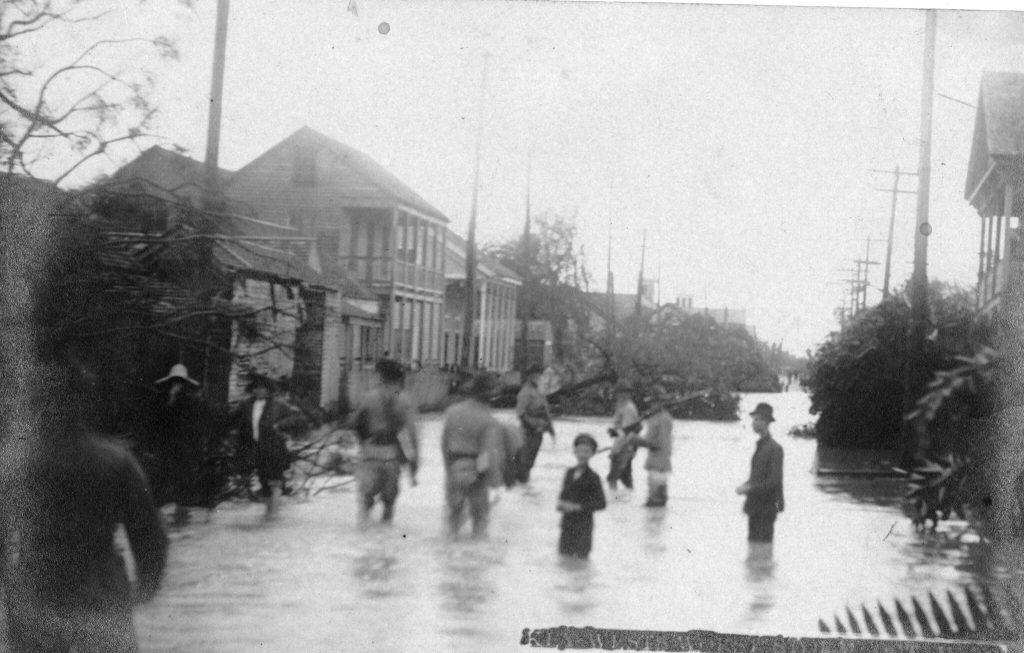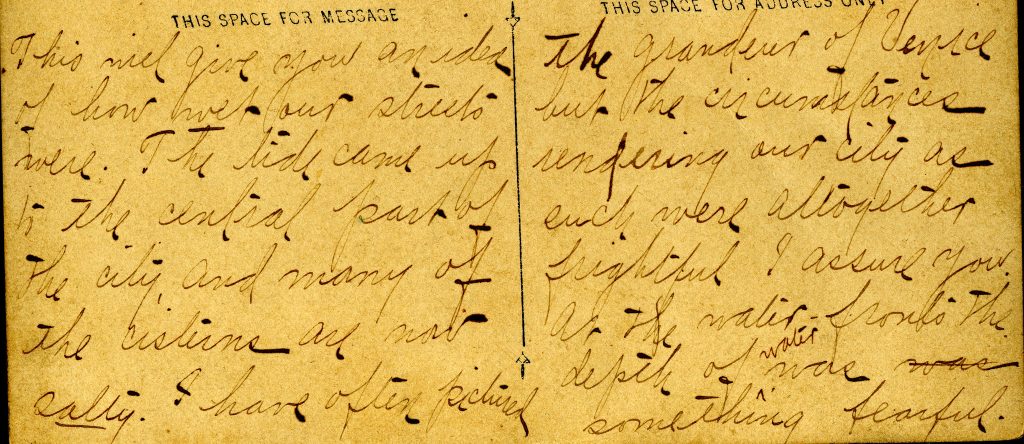How to salvage documents, photographs and books after the water is gone

As the floodwaters from Hurricane Ian finally recede in the Keys, you may be dealing with (among other things) documents, photographs and books that are important to you that got wet.
Here is some advice from experts about how to salvage them, suggested by staff from the Library’s Florida Keys History Center.
The Missouri Secretary of State’s office has advice about what to do in the immediate aftermath, including keeping items cool and, in some cases, freezing books and documents if you can’t dry them right away. That will give you time for more pressing concerns, like dealing with your insurance company.
The Northeast Document Conservation Center has this advice for salvaging wet photographs – with an emphasis on air drying or freezing them as quickly as possible, to avoid mold.
If mold does appear on books or paper, here’s how NEDCC recommends handling that.
FEMA and the Smithsonian Institution have partnered to create the Heritage Emergency National Task force, which has advice for what to do right after the flood, and how to salvage water-damaged valuables and heirlooms. This information is also available in Haitian Creole and Spanish.
Even if you didn’t experience damage during Hurricane Ian, you may want to consider how best to store and preserve the photographs and documents that are important to you and your family. Here’s a guide from the NEDCC on the best way to do that.
Flooding is nothing new in the Florida Keys. The image above is of a Key West street after a hurricane in 1909. This is the back of the postcard, which reads, in part, “The tide came up to the central part of the city and many of the cisterns are now salty. I have often pictured the grandeur of Venice but the circumstances rendering our city as such were altogether frightful I assure you.”

Both images are from the collection of the Florida Keys History Center, Monroe County Public Library.